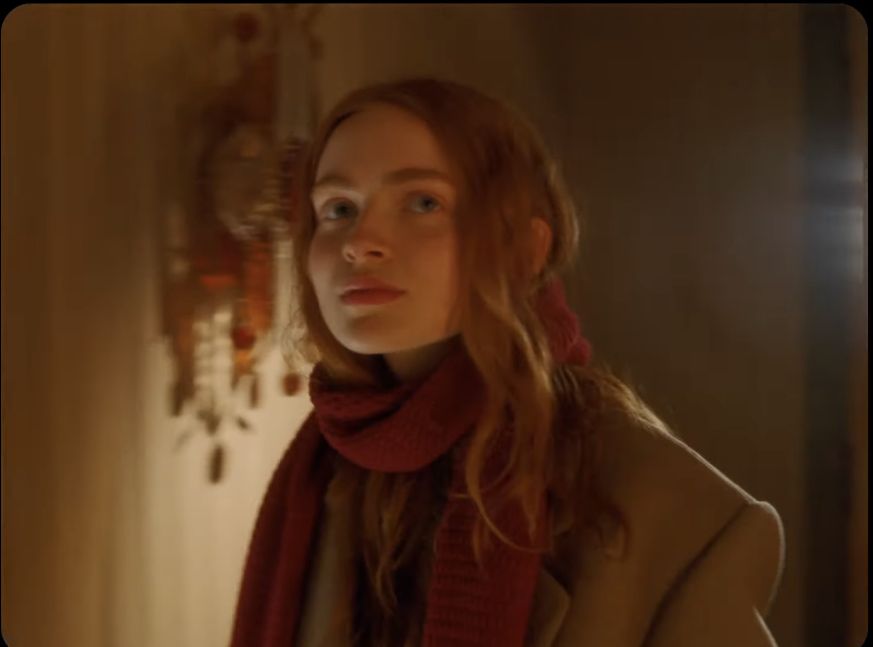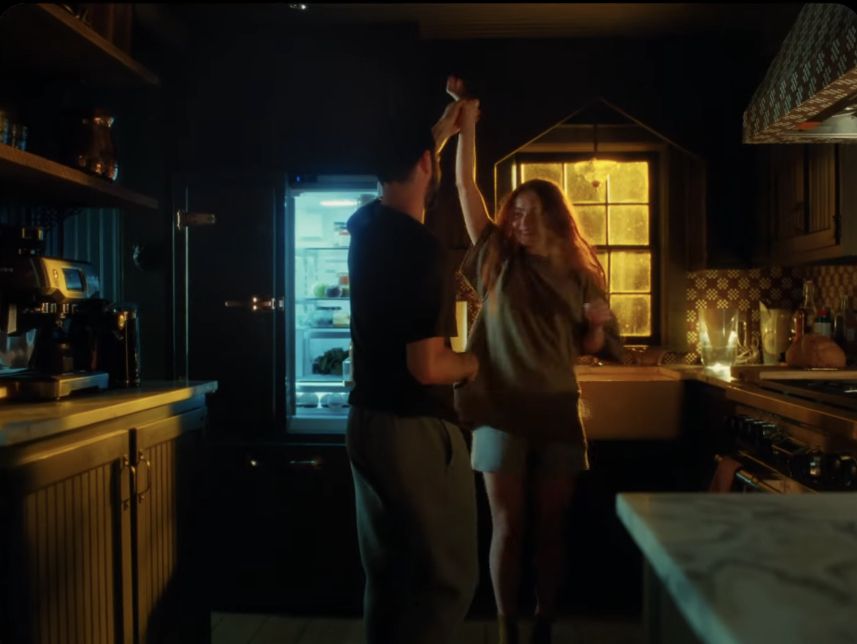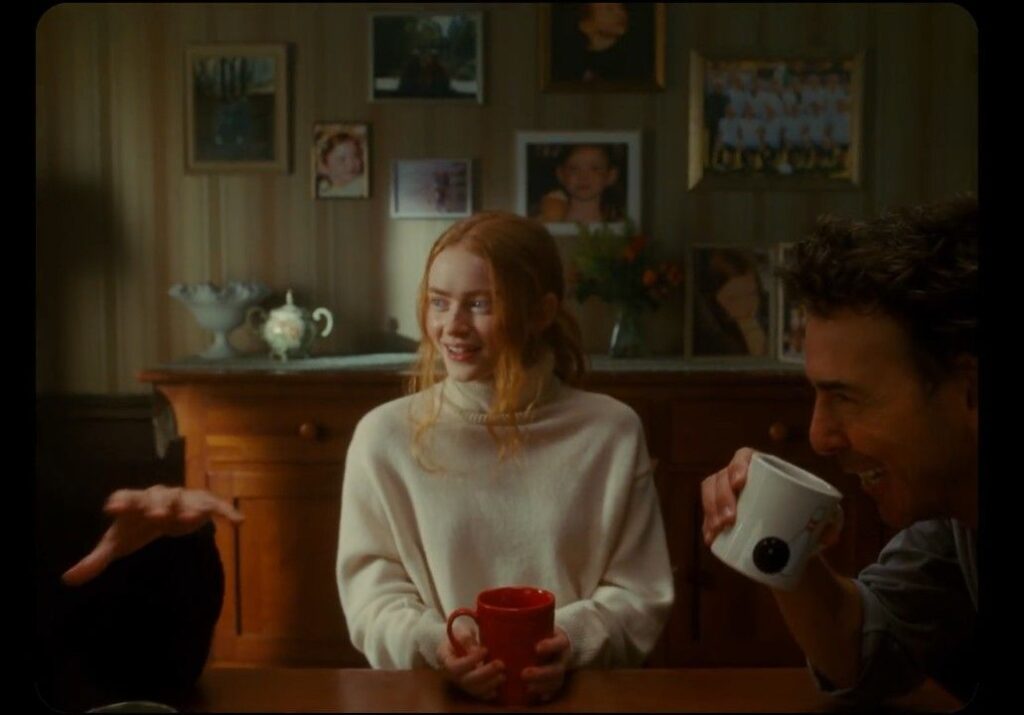


"You call me up again just to break me like a promise, so casually cruel in the name of being honest."
Starring: Sadie Sink and Dylan O’Brien
Written and Directed by Taylor Swift
All Too Well: The Short Film is Taylor Swift’s personal story of love and heartbreak written and directed by herself. Swift’s song All Too Well, which inspired the short film, overlays the screenplay and acts as a narration. Essentially, All Too Well delves deeper into Swift’s relationship with Jake Gyllenhal. The short film features Sadie Sink as “Her” and Dylan O’Brien as “Him.” The film begins with “Him” and “Her” lying on a bed, intertwined, feeling wistfully happy. The narration then commences as Sink forgets her scarf in O’Brien’s house. The short film progresses to a dinner party with all of “His” friends. Their fairytale romance is disrupted when O’Brien’s character condescendingly drops Sink’s hand and pats it, leading to a fiery argument. Sink is then pictured alone and sobbing after splitting from “Him.” The final seconds depict an older Sink as a widely successful author while O’Brien watches through a window with Sink’s old scarf tied around his neck.
A significant pattern is the recurrence of “Her” red scarf. The color red is also symbolically represented as an emotion throughout the short film.
The red scarf acts as a symbol of innocence lost in a relationship as well as the parts of ourselves that we give to others. Sink has red hair and is pictured in warmer colors, whereas O’Brien is always seen in cooler blues and grays. This characterizes “Her” as more vibrant and lively, whereas O’Brien is depicted as cold and distant.
The scarf metaphor is especially effective because it is so accessible and also encompasses the main idea of the short film. Symbolizing the color red is also clever because it displays the fluctuations in their relationship.
The main group of people consuming and interacting with this piece of media is women. All Too Well: The Short Film is commonly referred to as reflecting the “female gaze,” which gives agency to women as subjects who can still be looked at but have the ability to look back. By incorporating this perspective into the short film, more women feel inclined to consume this media.
